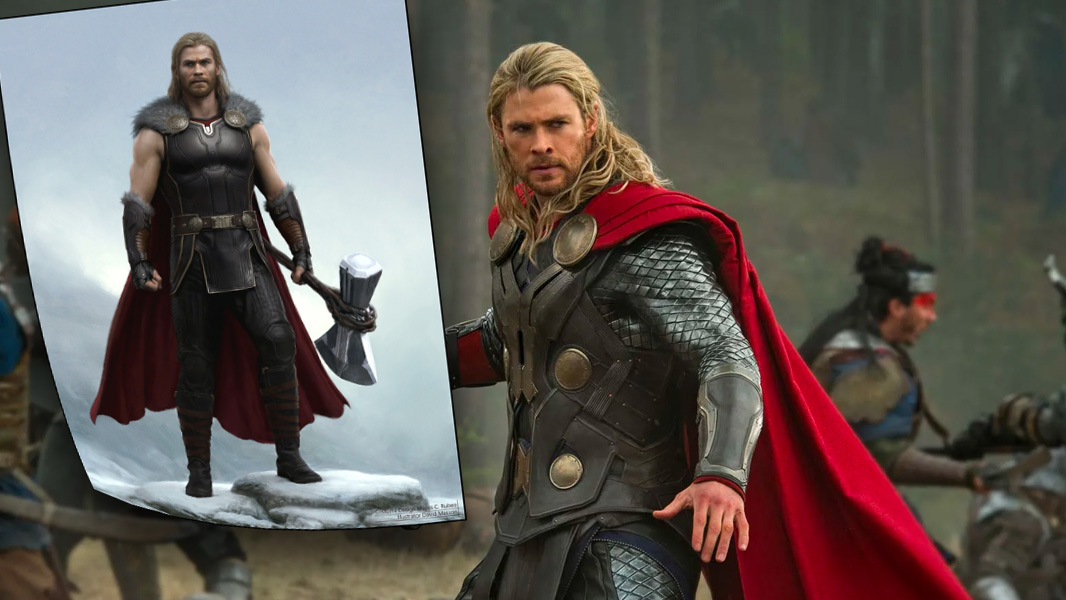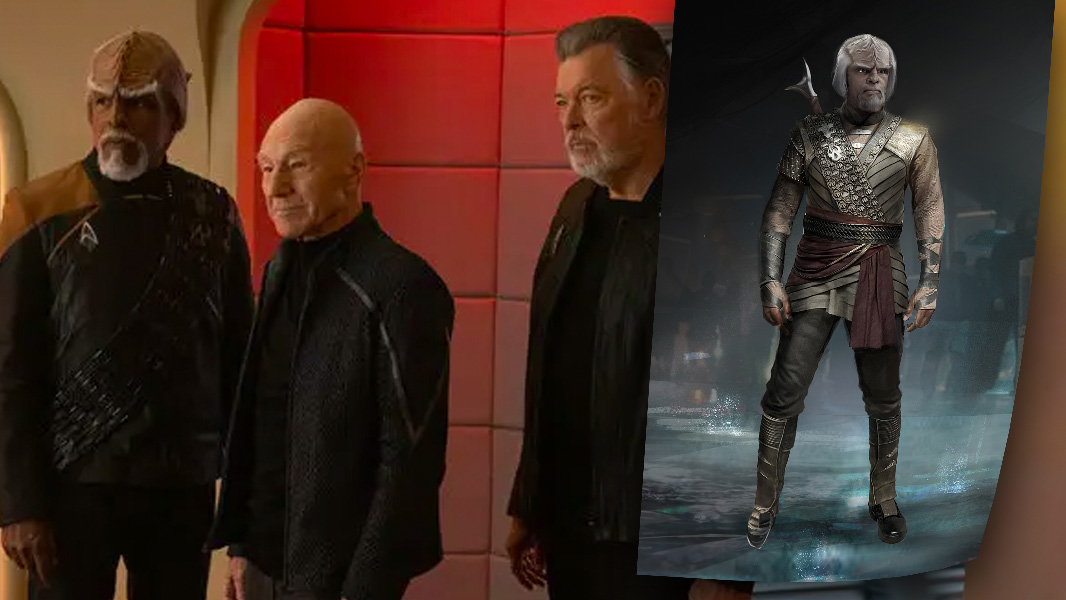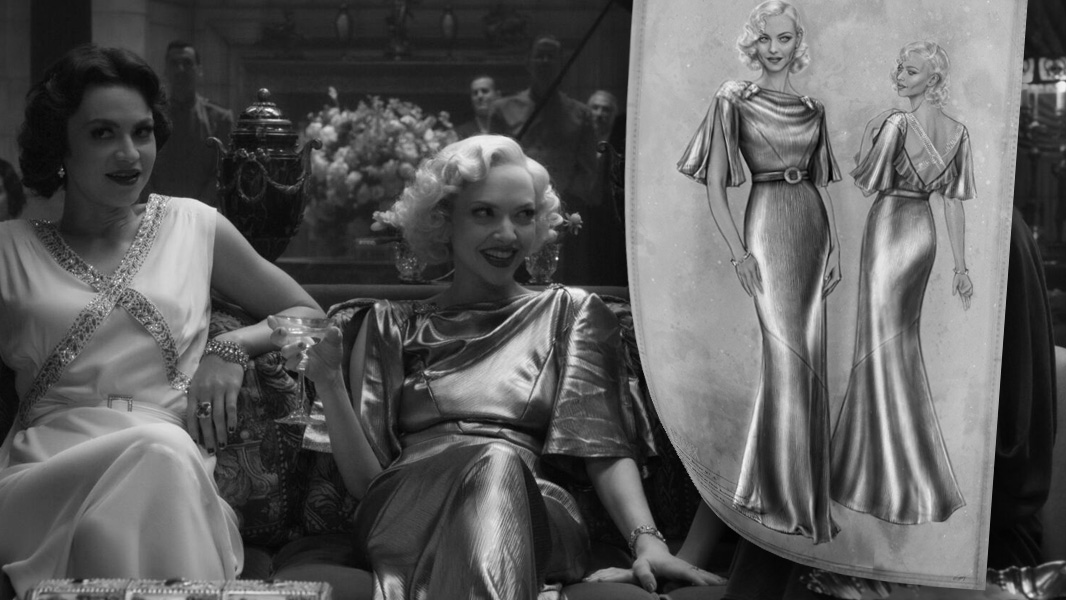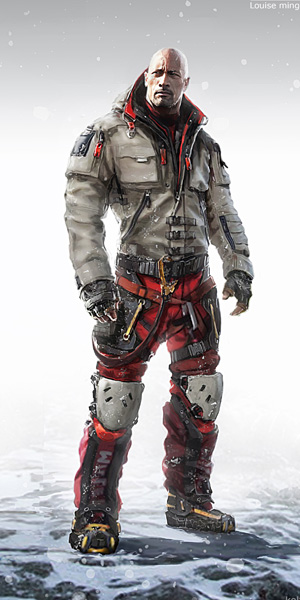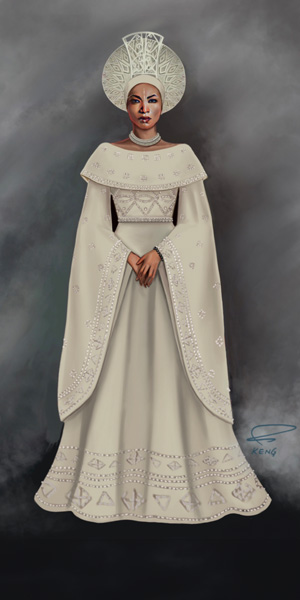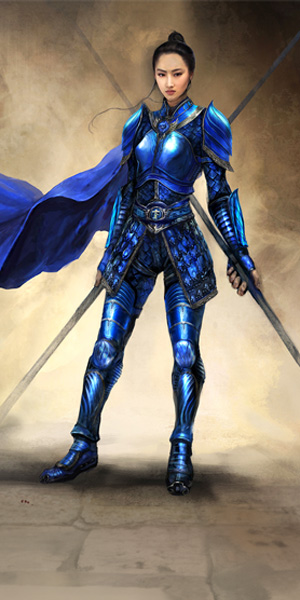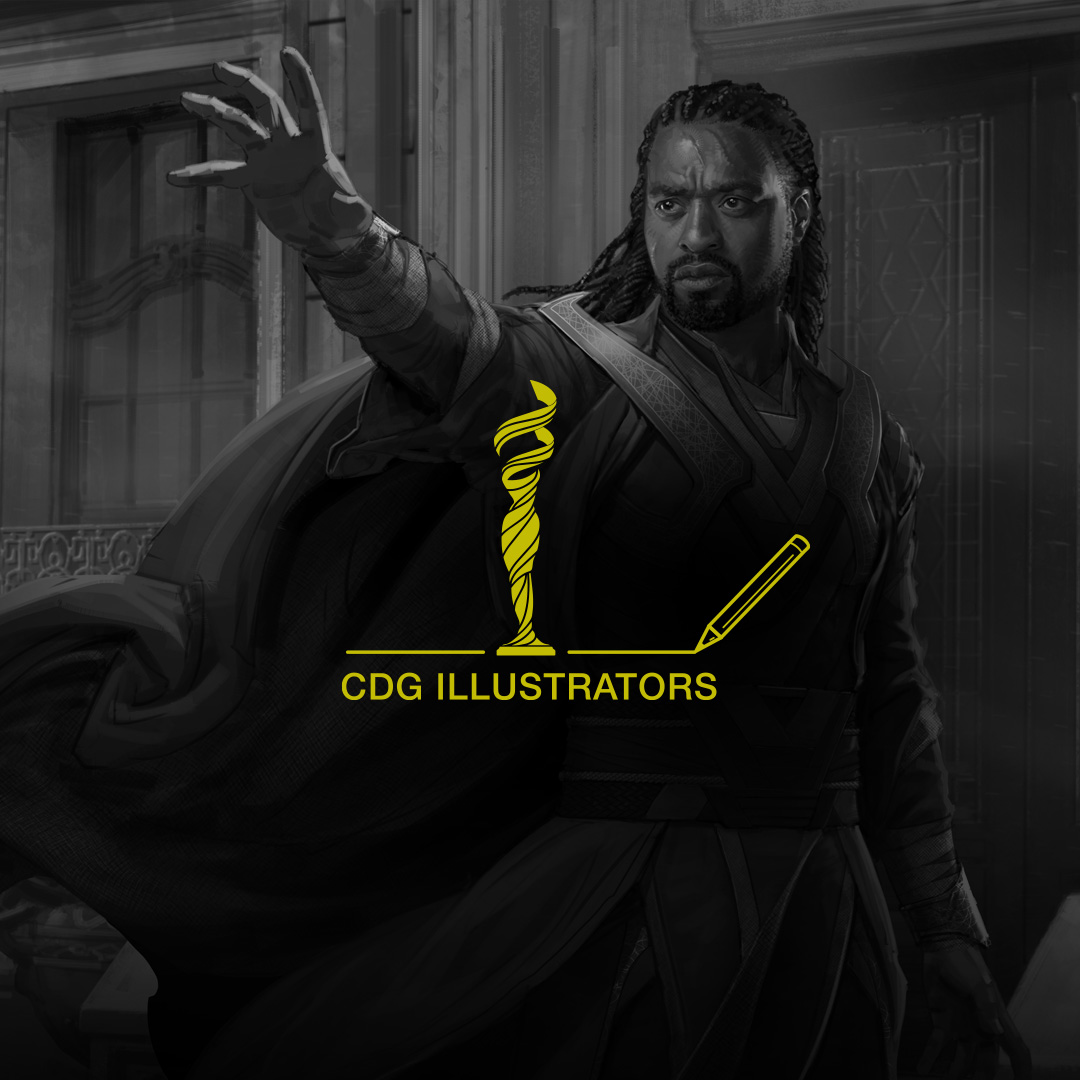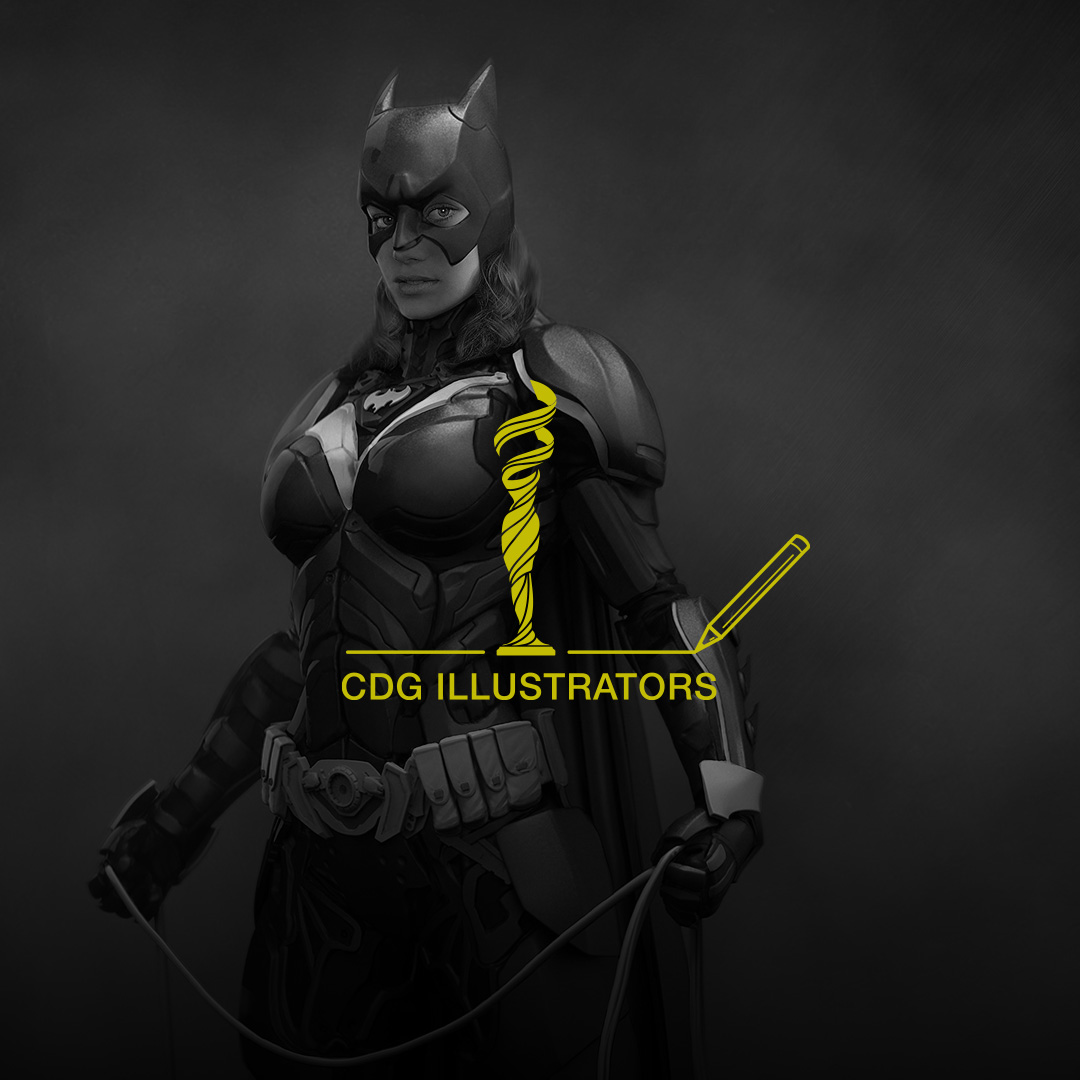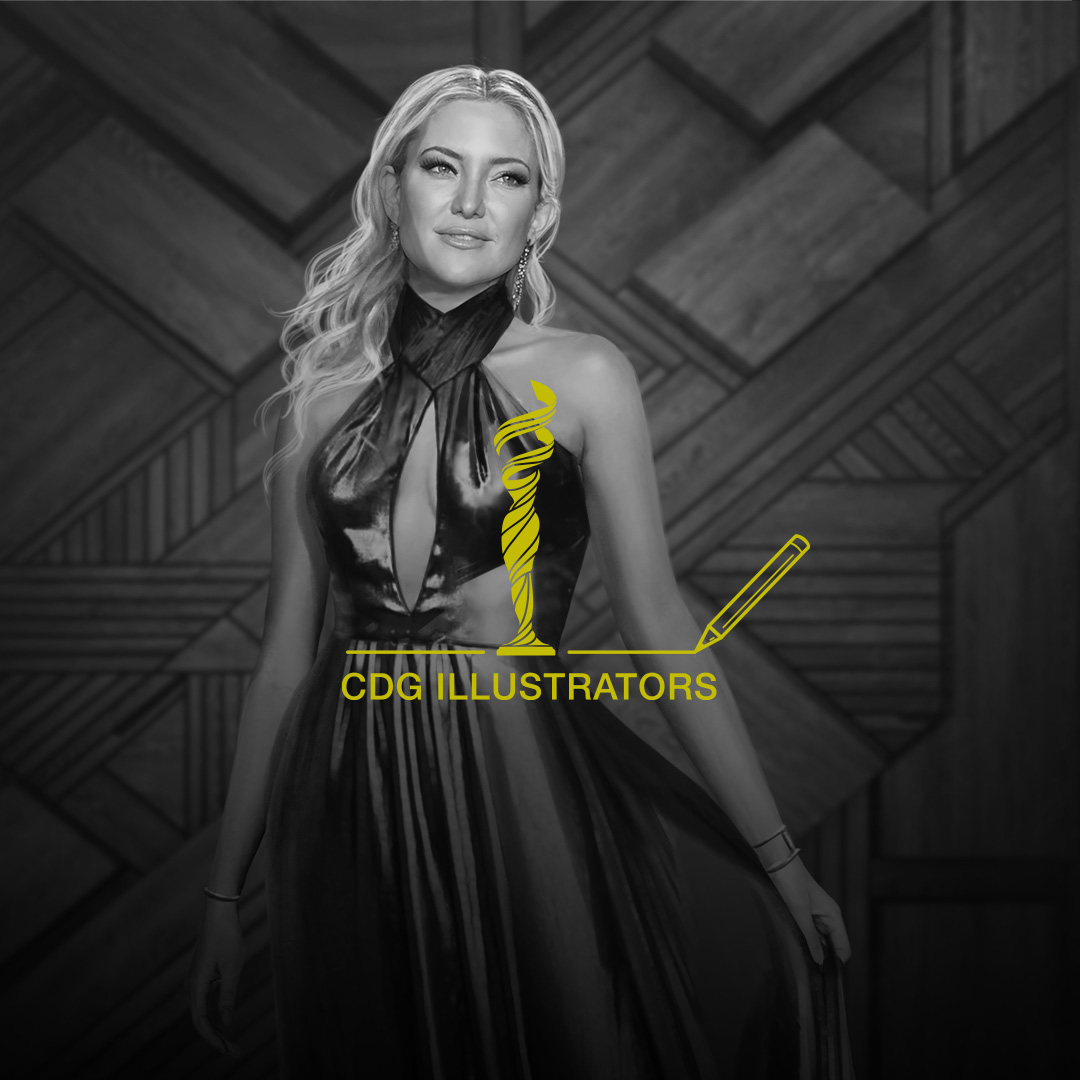Costume Illustrators: From Period Dramas to Superhero Blockbusters
Costume Illustrators are instrumental in translating the costume designer’s verbal cues and ideas into a fully formed version of the costume as it begins to take form. They provide continuous support to the designer through the process of multiple changes/iterations, as demanded by script or concept changes. Illustrators often assist in researching characters and gathering references. Costume Illustrators work in a variety of media, ranging from traditional watercolor on paper, to digital pencil and paint with elements of photo-collage, to digital clay and virtual cloth.
View Gallery Below
Illustrator Overview
IDENTITY
Films, television shows, commercials, and short-form media have a limited amount of time to convey a story. In order for the audience to become invested in the characters, it is crucial for them to know who the characters are. The Illustrator collaborates closely with the Costume designer to create a visual representation of the character’s appearance, which helps to establish their identity before any dialogue is introduced. The clothing worn by the character communicates their identity at the moment when the narrative action takes place.
THE LANGUAGE OF CLOTHING
The role of an illustrator or concept costume artist may seem like a master craftsman at work. However, the job is more akin to that of a psychologist or sociologist. They express their artistry not through words, but rather in the visual language of clothing even before the clothing takes on a three-dimensional form. The illustrations of the garments showcase the designer’s vision of the character.
A COMPLETE TRANSFORMATION
The work of a costume illustrator, in collaboration with costume designers, begins with reading the script. They then conduct research to determine the time period, technology, or other elements that will inform their work. Sometimes, an illustration is created before the garment is finally constructed or purchased. Many actors have revealed that during the fitting process, they become the character.
A Magical Effect
Audiences have a deep understanding of the language of clothing. As a result, the final costume can have a magical effect. This effect is not limited to the screen-time of the garment. Even the costume sketch is proof of the costume’s first glimpse of life. For example, Gilbert Adrian’s Dorothy’s red shoes in the Wizard of Oz or Ruth E. Carter’s costumes for Black Panther. The costume illustration is evidence of a symbiotic relationship between the illustrator and the costume designer, that extends far beyond the screen.
Artwork/Final Rendering
The final renderings may serve several purposes:
- Presentational visuals convey the character and communicate costume concepts, so the director, studio executives, and actors can give their feedback and final approval. They can also be included in a project’s publicity campaign.
- Technical sketches can be used by the workroom as a map for construction.
- 3D models can assist in communicating ideas to the specialty manufacturers and sometimes be used directly to print custom built pieces and accessories.
Costume Illustration Gallery



